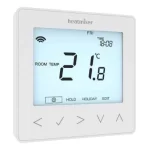
Ductless Heat Pumps – Everything to Know
In an era where energy efficiency and innovative home solutions are at the forefront of homeowners’ minds, ductless heat pumps have emerged as a game-changing technology. These marvels of modern engineering have redefined the way we think about heating and cooling our homes, offering unparalleled efficiency, flexibility, and comfort. In this comprehensive guide, we delve into the world of ductless heat pumps, exploring everything you need to know about this groundbreaking HVAC system. From understanding the core principles behind their operation to exploring their environmental benefits and installation intricacies, this article is your ultimate resource on ductless heat pumps. Join us as we unravel the secrets behind this transformative heating and cooling technology, paving the way for a more sustainable and comfortable future.
What are Ductless Heat Pumps?
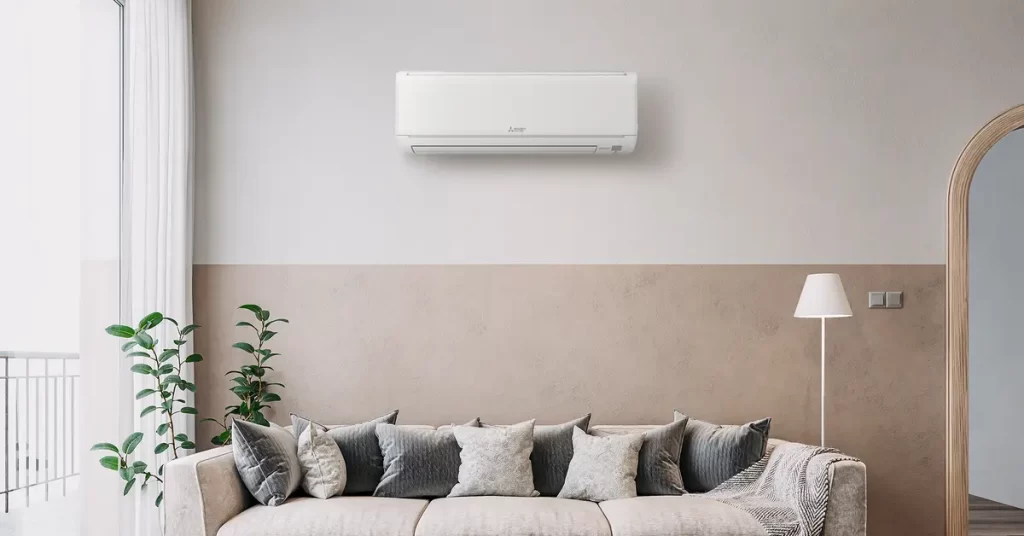
Ductless heat pumps offer precise temperature control without the need for conventional ductwork (unlike ducted heat pumps), making them exceptionally efficient heating, ventilation, and air conditioning (HVAC) solutions.
Ductless heat pumps set themselves apart from central heating and cooling systems by not relying on ducts for air distribution. They comprise two essential components:
1. Outdoor Unit: The outdoor unit contains the compressor, condenser, and expansion valve. It is installed outside the building and is responsible for compressing and circulating refrigerant through the system.
2. Indoor Units: Inside the building, one or more indoor units are mounted on walls or ceilings. These units contain an evaporator and a fan and are connected to the outdoor unit by a refrigerant line. Each indoor unit is responsible for cooling or heating the air in a specific zone or room.
How do Ductless Heat Pumps Work?
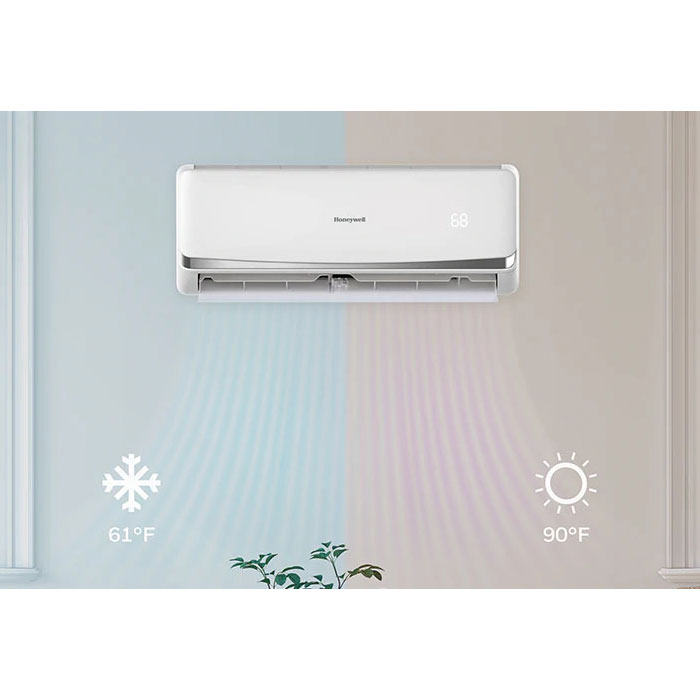
Ductless heat pumps, or mini-split systems, work on the same basic principle as traditional air source heat pumps but without ductwork. They consist of an outdoor and one or more indoor units, connected through refrigerant lines. Here’s how ductless heat pumps work:
1. Heat Absorption: In the heating mode, the outdoor unit of the ductless heat pump absorbs heat from the outside air, even in cold temperatures. This is possible because heat energy is present in the outdoor air, even when it feels cold to the touch.
2. Heat Transfer: The absorbed heat energy is transferred to the indoor unit via refrigerant lines. Refrigerant is a chemical substance that easily changes from a liquid to a gas and back at low temperatures.
3. Heat Distribution: Inside the indoor unit, the refrigerant releases the absorbed heat, which is then blown into the room by a fan. This warm air provides heating for the indoor space.
4. Cooling Operation: In the cooling mode, the process is reversed. The ductless heat pump extracts heat from inside the room and transfers it outside, cooling the indoor space.
5. Individual Zone Control: A notable benefit of ductless heat pumps is their capacity for individual zone control. Each indoor unit can be independently managed, enabling customized heating or cooling for specific rooms or zones, aligning with personal preferences. This zoned approach not only improves comfort but also boosts energy efficiency by preventing the unnecessary heating or cooling of unoccupied spaces.
Advantages of Ductless Heat Pumps:
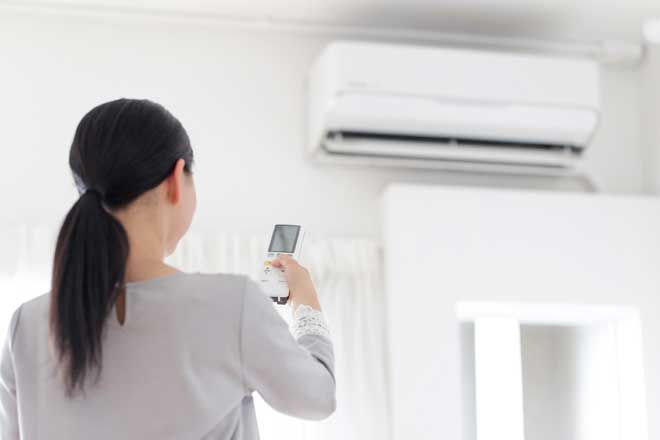
Ductless heat pumps offer several advantages over traditional heating, ventilation, and air conditioning (HVAC) systems. Here are some key benefits:
1. Energy Efficiency: Ductless heat pumps excel in energy efficiency as they don’t rely on burning fuel for heat production. Instead, they transfer heat from outdoor air to warm indoor spaces in winter and reverse this process to cool indoors during summer. This heat transfer method is significantly more energy-efficient than heat generation, making it both cost-effective and environmentally friendly.
2. Zoned Heating and Cooling: Ductless systems enable zoned heating and cooling, enabling the customization of temperatures for individual rooms or zones. This precise control not only improves comfort but also conserves energy by conditioning only the spaces that are being utilized.
3. No Ductwork Required: In contrast to central HVAC systems that demand elaborate ductwork for air distribution, ductless heat pumps only necessitate a small hole in the wall to link the indoor and outdoor units. This makes them perfect for homes lacking existing ductwork, minimizing energy losses linked with traditional duct systems.
4. Easy Installation: Installing ductless heat pumps is relatively simple and quick compared to traditional HVAC systems. There is no need for major construction work or renovations, making them a convenient choice for new constructions and retrofitting existing homes.
5. Improved Indoor Air Quality: Ductless systems are equipped with multi-stage filtration that helps remove dust, allergens, and other particles from the air. This filtration process improves indoor air quality, making the environment healthier for occupants, especially those with allergies or respiratory issues.
6. Quiet Operation: Ductless heat pumps operate quietly, both indoors and outdoors. The noise levels are significantly lower than traditional HVAC systems, providing a peaceful and comfortable living environment.
7. Flexibility in Design: The indoor units of ductless heat pumps come in various styles and sizes, allowing for flexibility in design and placement. These units can be installed on walls, hung from ceilings, or even recessed into dropped ceilings, providing flexible choices for seamless integration into various room configurations.
8. Cost Savings: Due to their high energy efficiency and the ability to control individual zones, ductless heat pumps can lead to significant cost savings on energy bills. Additionally, many governments and utilities offer incentives and rebates to encourage installing energy-efficient heating and cooling systems, further reducing the initial investment costs.
Types of Ductless Heat Pumps
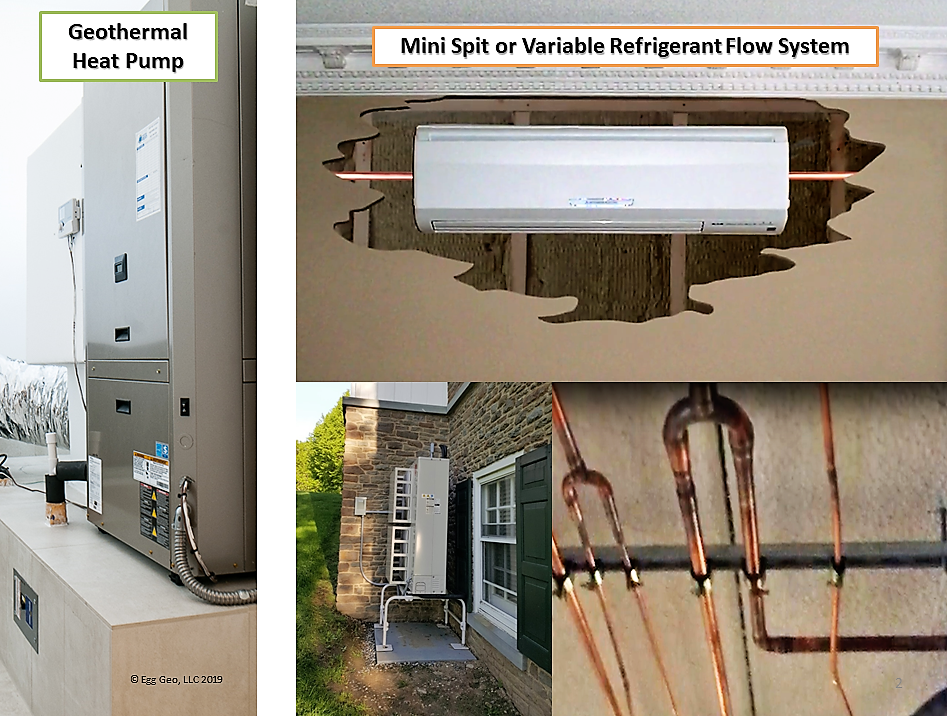
Numerous varieties of ductless heat pumps are accessible in the market, each tailored to meet the distinct requirements and preferences of both homeowners and businesses.
Here are the main types:
Single-Zone Ductless Heat Pumps:
- Description: Single-zone systems have one outdoor unit connected to a single indoor unit. They are designed to heat or cool a specific room or zone.
- Ideal For: Single-zone ductless heat pumps are suitable for individual rooms or areas in homes where additional heating or cooling is needed, such as bedrooms, home offices, or renovated basements.
Multi-Zone Ductless Heat Pumps:
- Description: Multi-zone systems feature one outdoor unit connected to multiple indoor units. These systems can be set up in various rooms or zones and operated separately, enabling customized heating and cooling for specific areas.
- Ideal For: Multi-zone ductless heat pumps are suitable for homes or commercial spaces where heating or cooling is required in multiple rooms or areas. They offer flexibility and individual control for various living spaces.
Ceiling Cassette Ductless Heat Pumps:
- Description: Ceiling cassette units are mounted on the ceiling and are designed to distribute conditioned air in four directions. They are ideal for larger rooms or open-concept spaces.
- Ideal For: Ceiling cassette ductless heat pumps are suitable for living rooms, open kitchens, or commercial spaces like conference rooms, where air distribution is essential.
Floor-Mounted Ductless Heat Pumps:
- Description: Floor-mounted units are installed near the floor, providing targeted heating or cooling closer to ground level. They are useful for areas with limited wall space.
- Ideal For: Floor-mounted ductless heat pumps are suitable for bedrooms, offices, or spaces with limited wall space, offering efficient heating or cooling at ground level.
Concealed Duct Ductless Heat Pumps:
- Description: Concealed duct units are hidden in the ceiling or floor and are connected to ductwork that distributes conditioned air through vents. They offer a discreet heating and cooling solution.
- Ideal For: Concealed duct ductless heat pumps are suitable for homes or offices where a seamless, hidden HVAC system is desired. They are often used in larger homes or commercial buildings with central air distribution needs.



